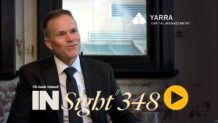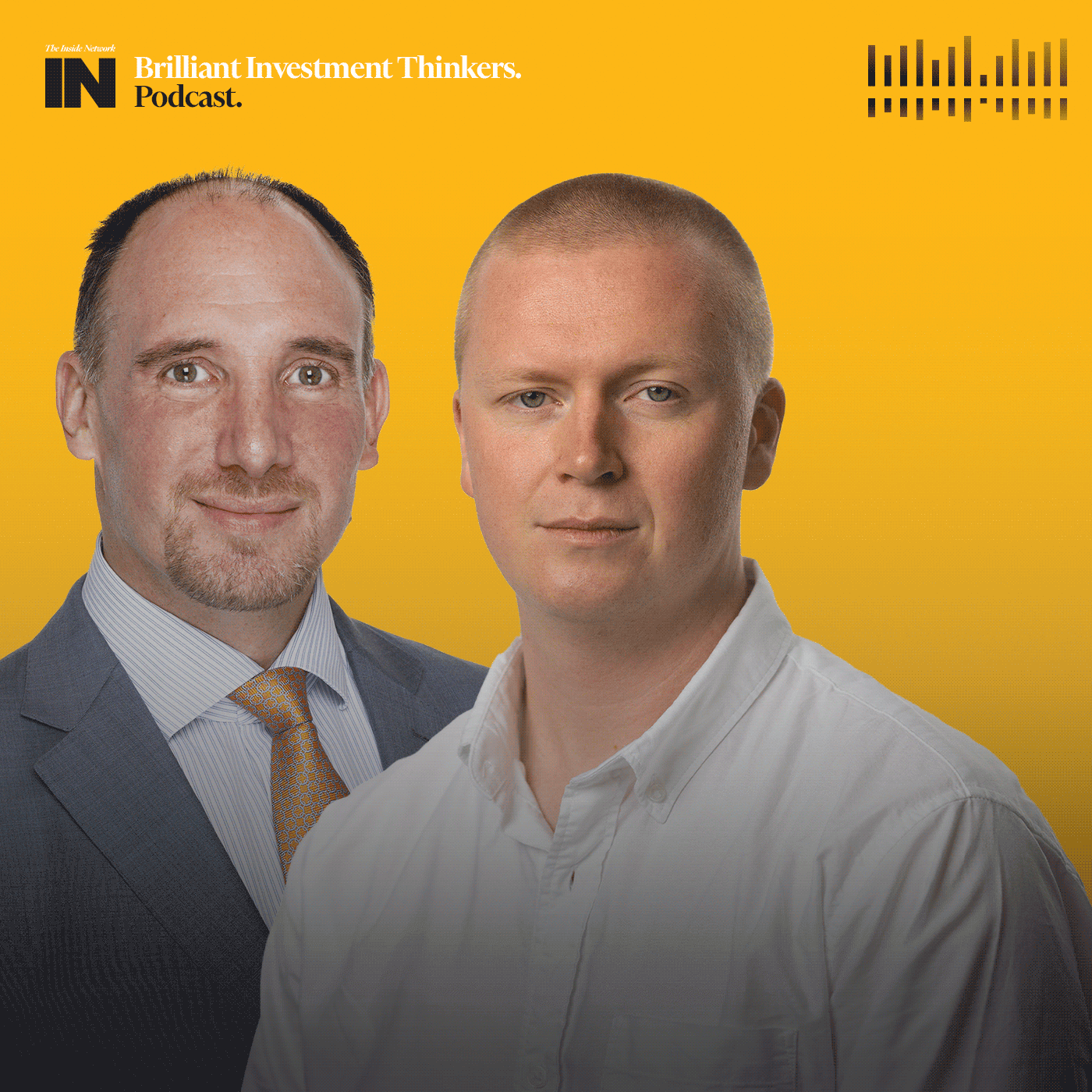Expectations ‘reshuffled’ as resilient inflation delays tipping point on rates
Global economies are proving resistant to increased rates, with the rivers of consumer spending refusing to ebb. Expectations that some leading economies had reached their tipping point and high rates had taken the steam out of inflation have proved premature, with ‘high-for-longer’ now looking likely according to privately owned New York investment firm Neuberger Berman.
In the US, this recalibration is forcing “reshuffled expectations” at the Federal Reserve, the investment manager believes.
“Coming into 2023, many anticipated a dramatically slowing economy that would lead to progress on inflation and eventually cause central banks to pull back on monetary tightening,” Neuberger Berman stated in a recent release.
“However, such expectations underestimated the overhang of COVID-era stimulus and U.S. spending tied to climate and infrastructure. Flush with excess savings and willing to utilize credit, consumers have continued to spend at a robust pace, moving from goods purchases to services and travel.”
After declining from 7.7 per cent in October 2022 to 3 per cent in June this year, inflation has inched its way back up to 3 per cent, which was reflected in another US rate rise last month.
While it may appear that the Fed started taking its foot off the pedal too early, Neuberger Berman says there are signs of “breaks”, with consumers “hitting their limit” as savings are depleted and credit card balances become “overstuffed”. Not to be underestimated, also, is the economic effect of federal student loans once again needing to be repaid.
There may be a break in the clouds for the US on the horizon, but the rest of the world still faces significant economic headwinds. Europe is still being constrained by the war in Ukraine while China faces “structural headwinds” and emerging markets may “sag” in the near future.
This could lead to what Neuberger Berman sees as “economic bifurcation”, with green shoots of progress in the US countered by weakness in other global economies.
“From a policy perspective, we believe central banks are generally close to done, with the Fed perhaps hiking one more time this year, and the ECB and U.K. on hold,” Neuberger Berman stated. “However, a slower but still resilient U.S. economy and structural constraints on inflation are likely to keep us in a higher-for-longer rate environment as central banks wait to see the lagging impacts of aggressive tightening. Meanwhile, expectations for elevated fiscal spending and deficits could drive risk premia higher at the longer end of the bond market.”
For investors, the team believes leaning into shorter durations to capture “now exceptional yields” is the play, while also stretching duration out 2 to 7 years just in case monetary easing really kicks in.
“We remain well-disposed to credit but favor trimming exposure in rallies,” they added. “Given likely (if moderate) default pressures, we would look for more conservative high yield securities, while credit quality will also be important for U.S. municipal bonds. In emerging markets, headwinds lead to emphasis on sovereigns and the more insulated Latin American countries. Structured credit remains a bright spot given the market’s unique dynamics.”











